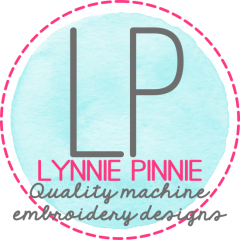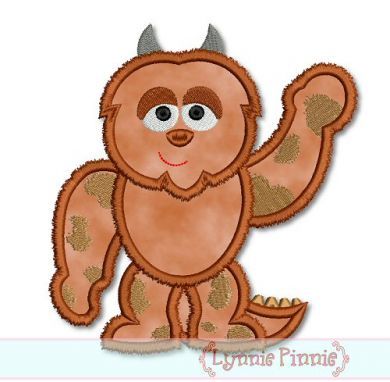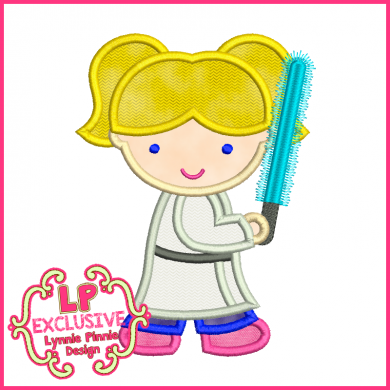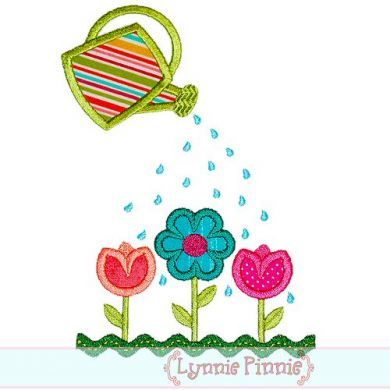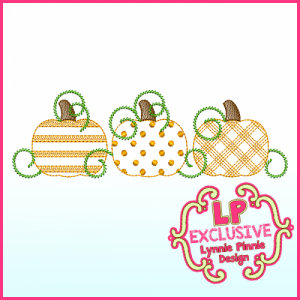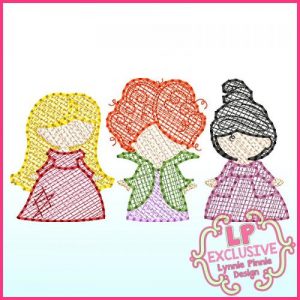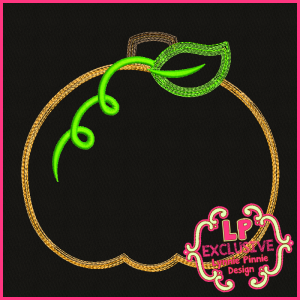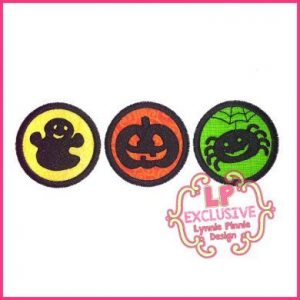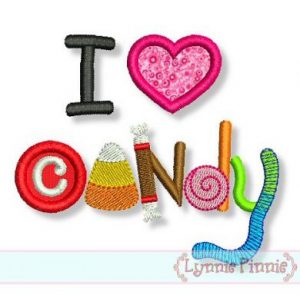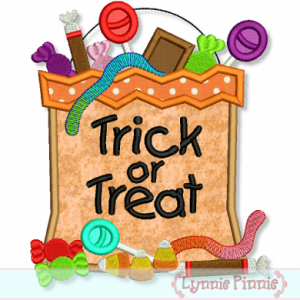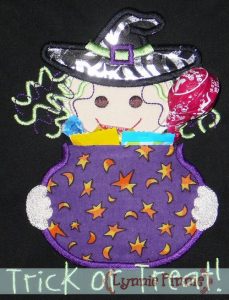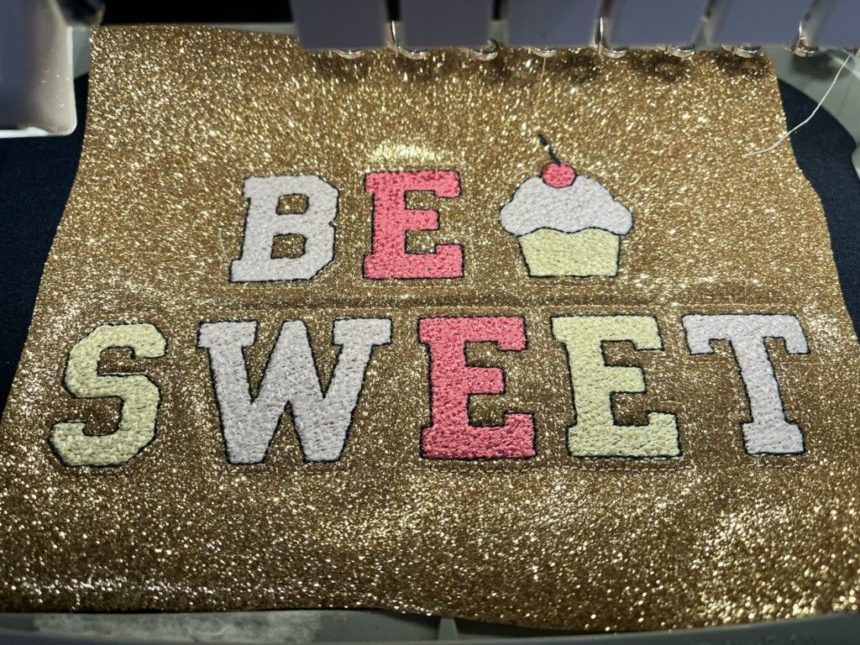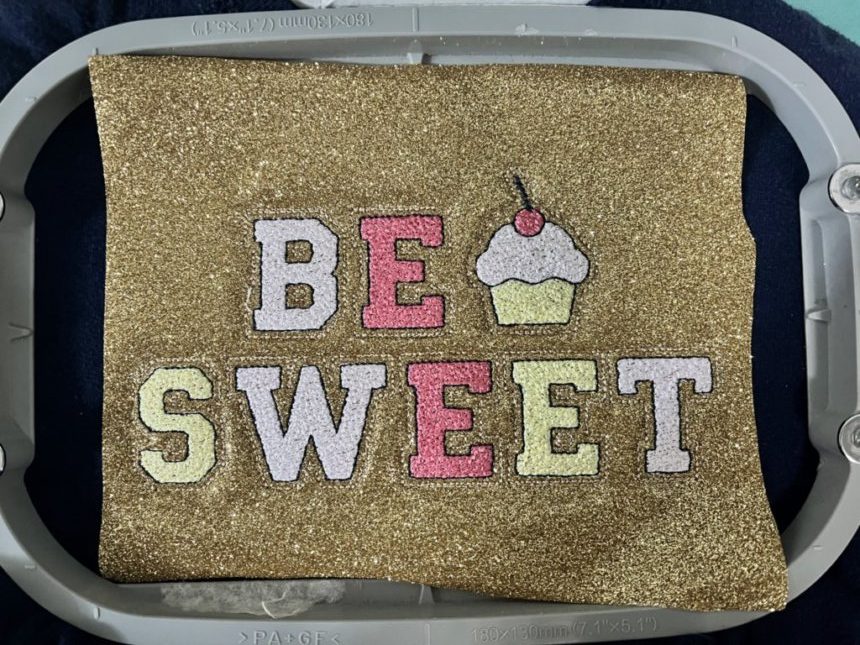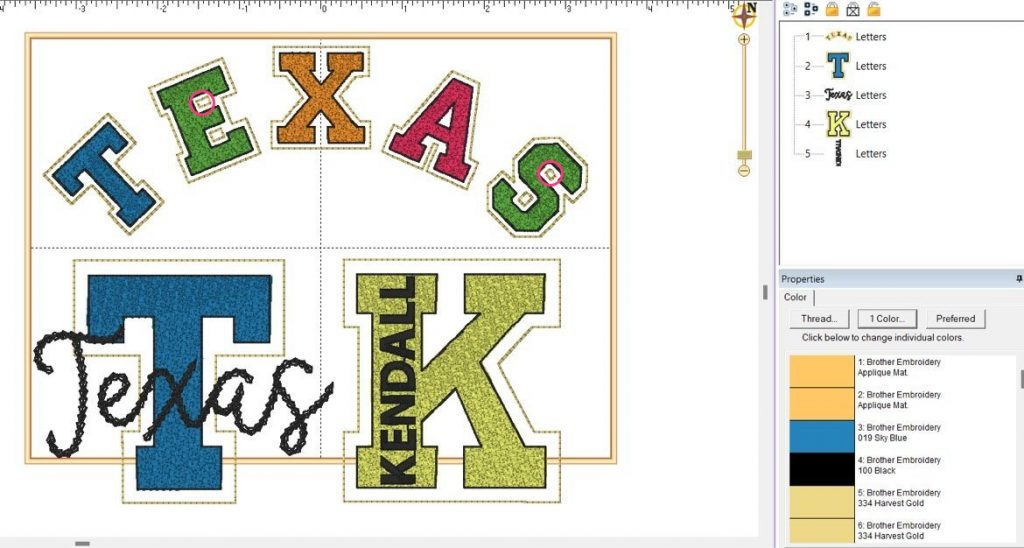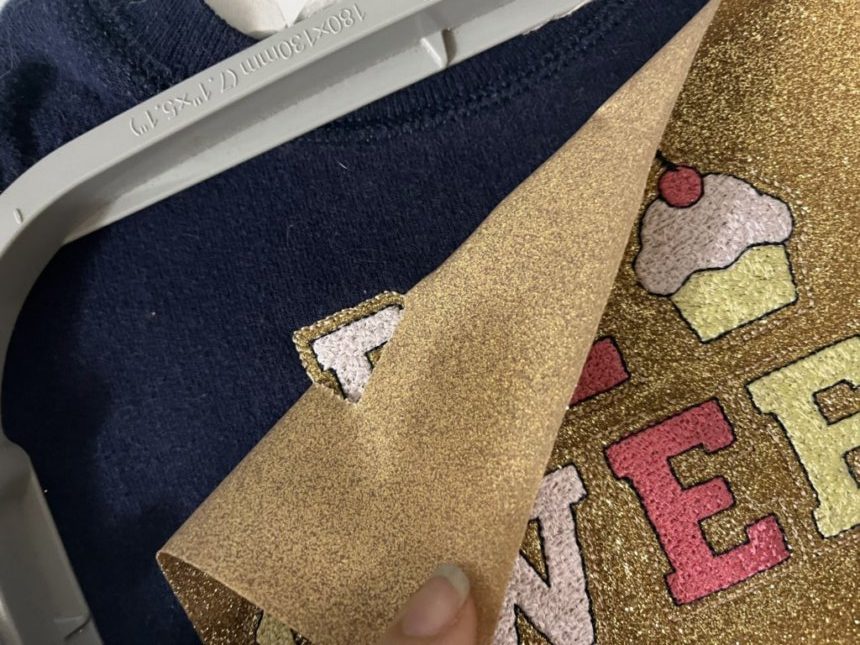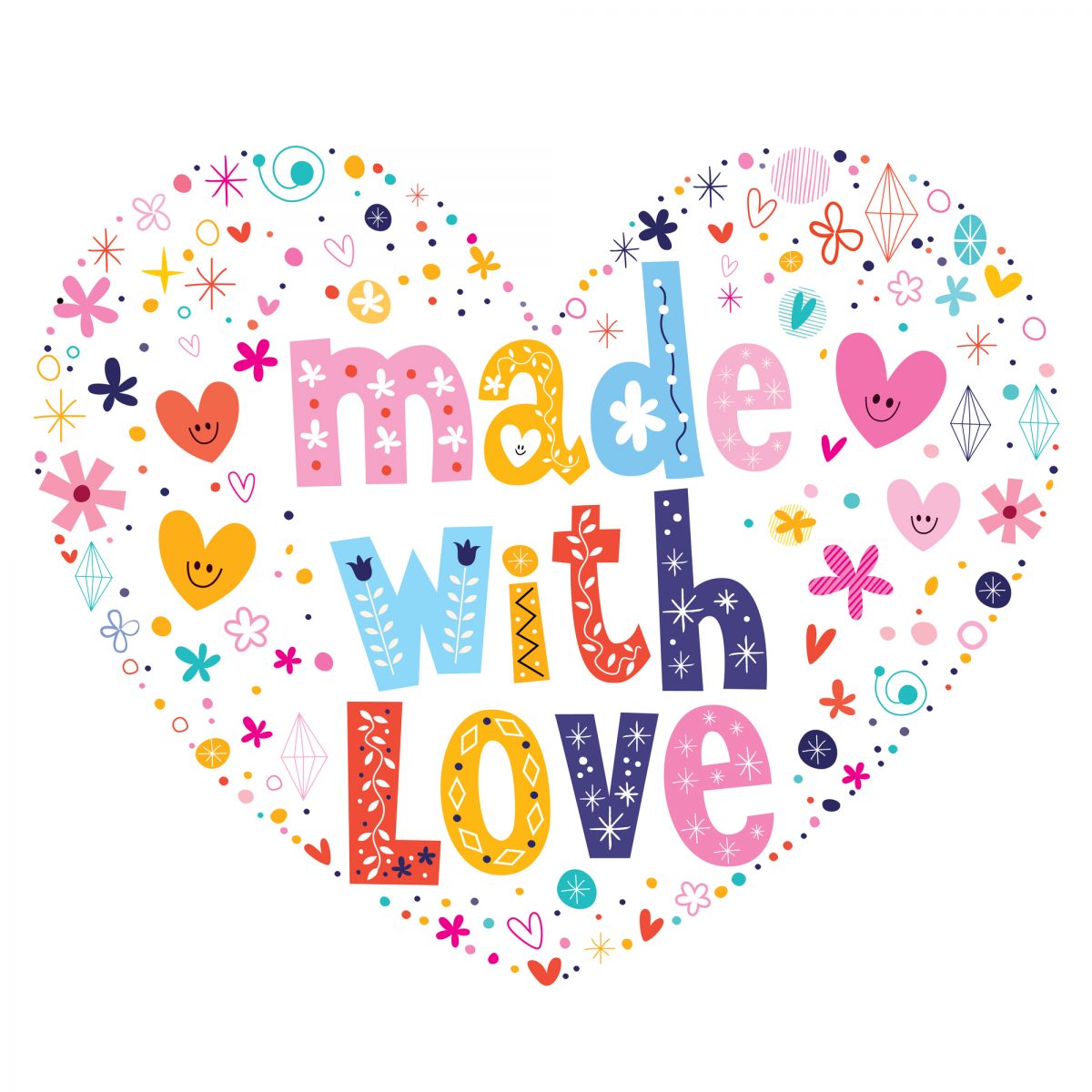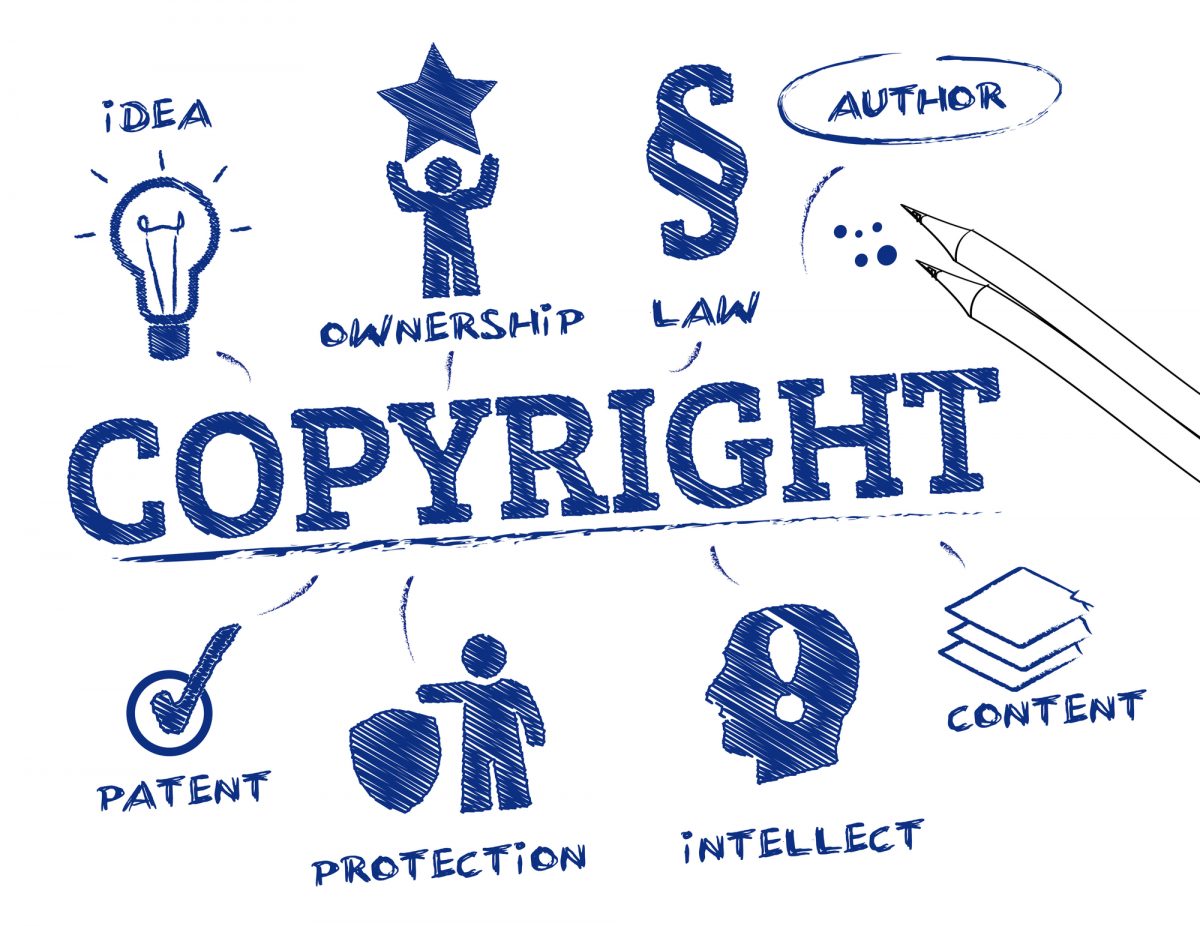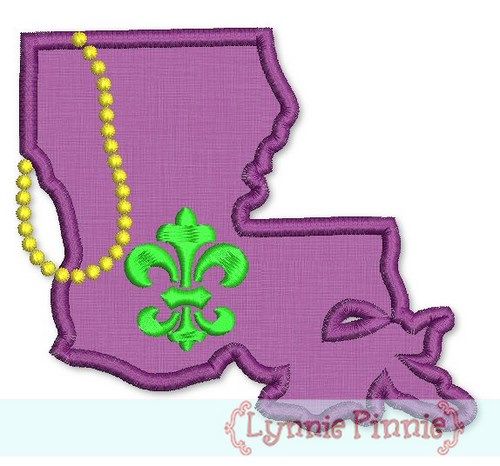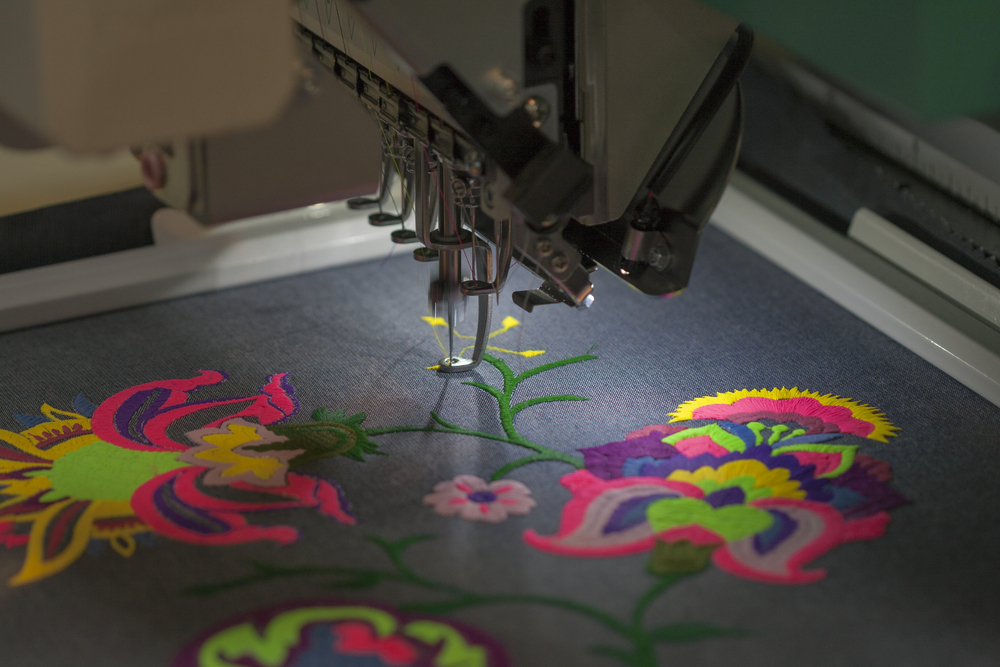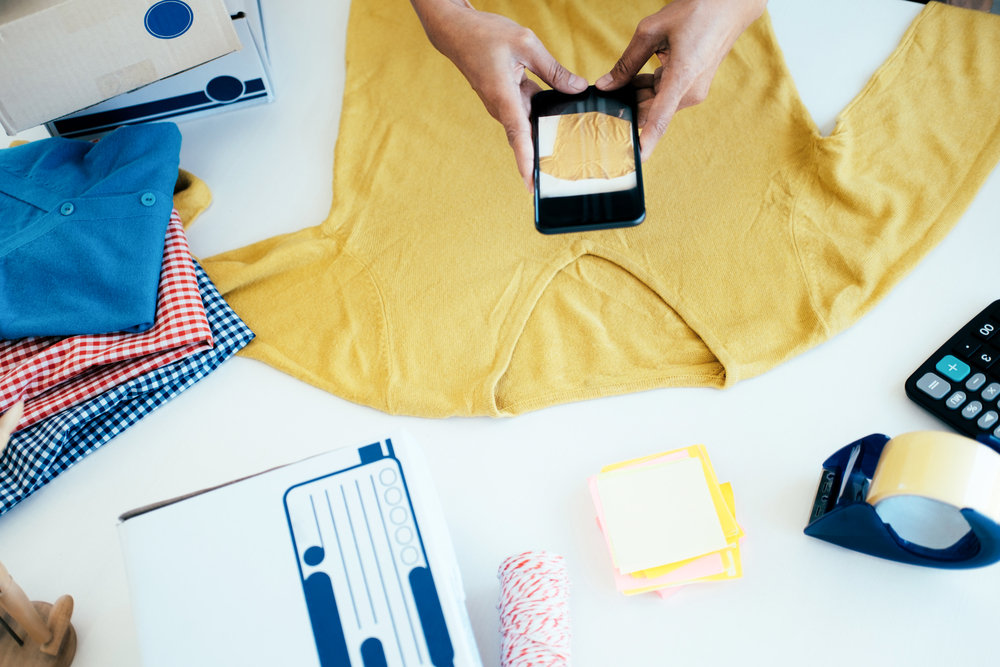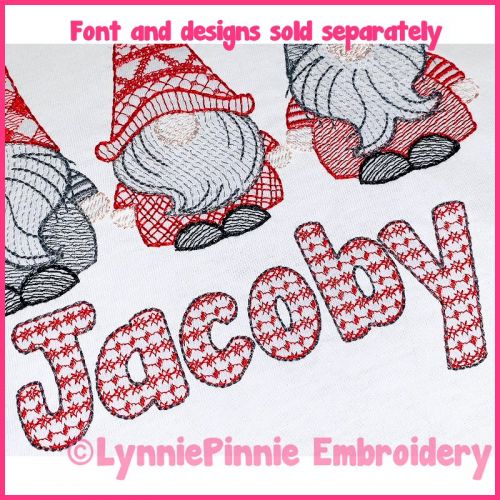If you’ve spent even a little bit of time on the Lynnie Pinnie site, you may have noticed we offer a lot of fonts. When I first thought about writing this post, I considered going into the history of fonts and how they’ve changed over the centuries, which led me to the history of printing, and the changes in how the printing process worked and the machines that were used and suddenly I was down a rabbit hole of learning about printing. It was interesting, but not exactly applicable to what we’re doing here. So, I decided, instead, to talk about the types of fonts Lynnie Pinnie offers, and where and why you might want to use them.
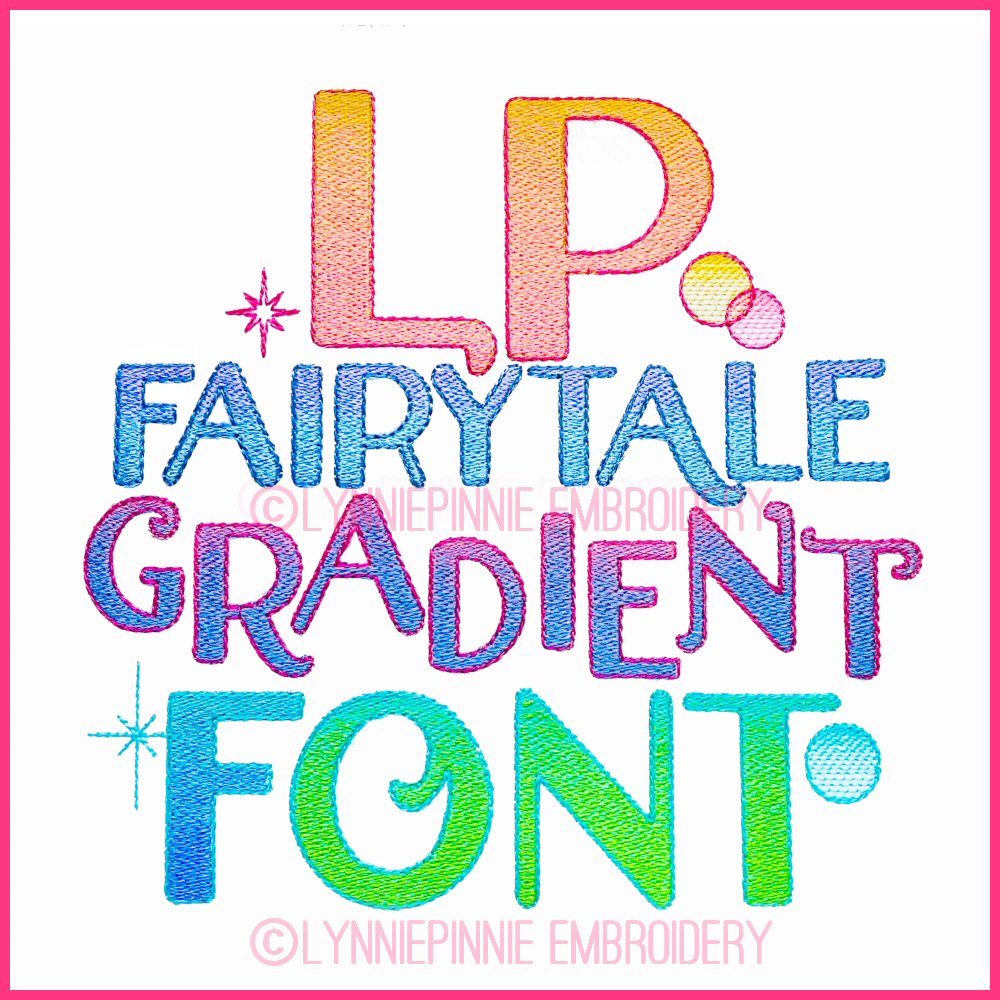
Let’s start first with the Native BX fonts. These fonts are scalable, object based fonts that can be resized without distortion using Embrilliance platform products. Lynnie Pinnie has, to our knowledge anyway, one of the more extensive collections of Native BX fonts, and a wide variety of selections within that one category. Whether you’re looking for something fancy (hello, gradient script font) or something simple like a chain stitch, we have you covered.
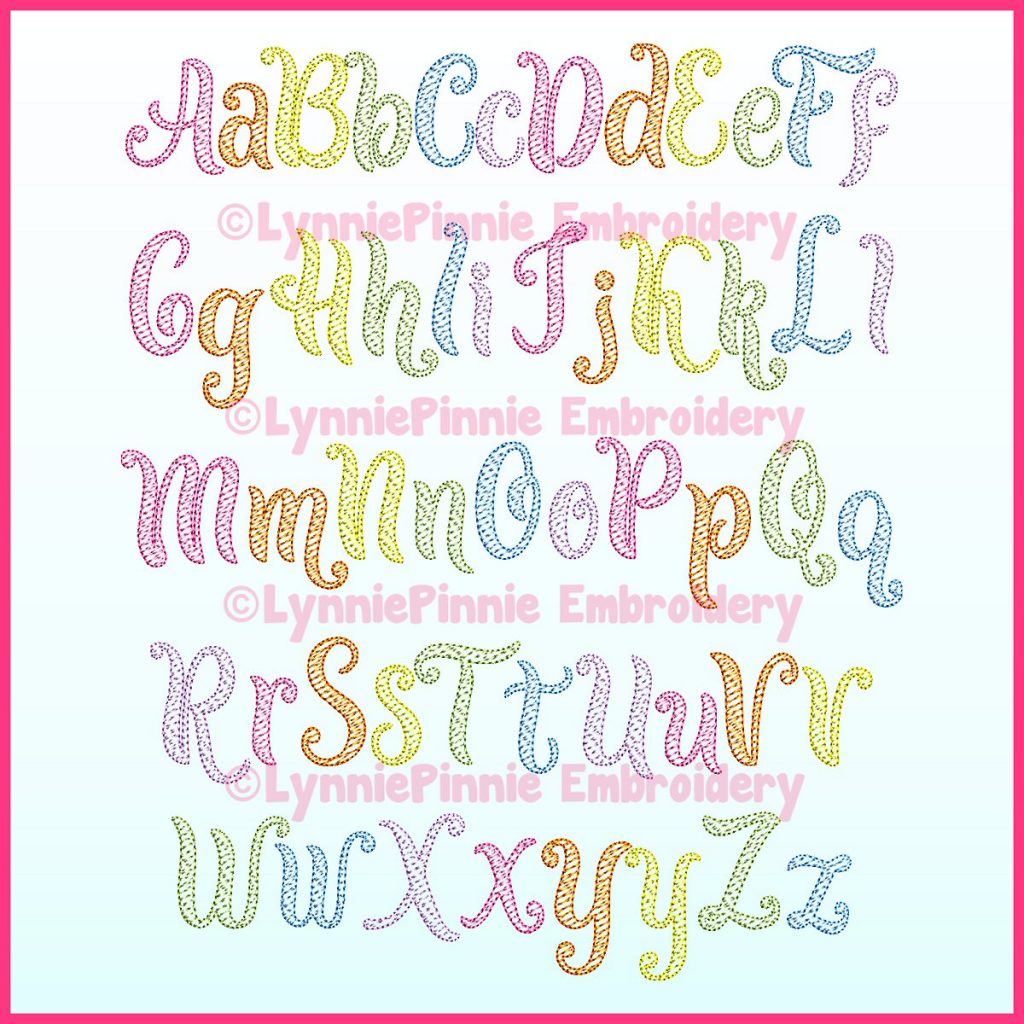
Next up we have our Sketch and Triple Run Fonts. A lot of these fonts look very similar to hand stitching. Most of you may already know this, but sketch fill has a lighter density and fill then a regular fill stitch. The fonts are designed to let a bit of the cloth show through. This is fun if you’re doing an applique with or embroidering on a piece of a amazing fabric and you want the pattern or color of the fabric to show through a little more. Some of my favorite fonts in this category include The Fighter Chain Stitch and the Whimsy Doodle font.
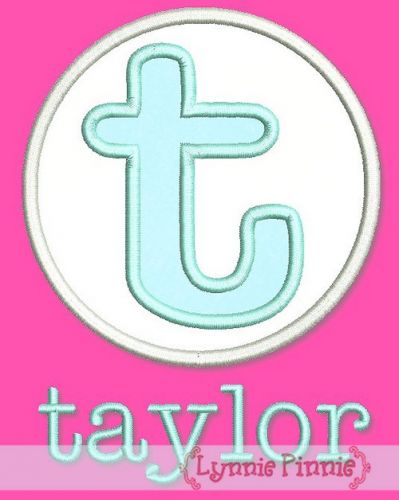
One of the things Lynnie Pinnie is known for is applique designs (the founder of Lynnie Pinnie is also the founder of Applique Getaway, after all) and applique fonts. These type of fonts, as the name implies, are fonts that are designed to be used as appliques. You can use these fonts for monograms, for birthday shirts, really for almost anything for which you’d use a stitched out font. The difference in these fonts is that they include fabric, which allows you to vary their appearance based on the type of fabric you use. The applique also gives a slightly more 3-D appearance and makes the font stand out a bit more. These fonts are a fun change of pace and allow you to do something a little different with lettering.
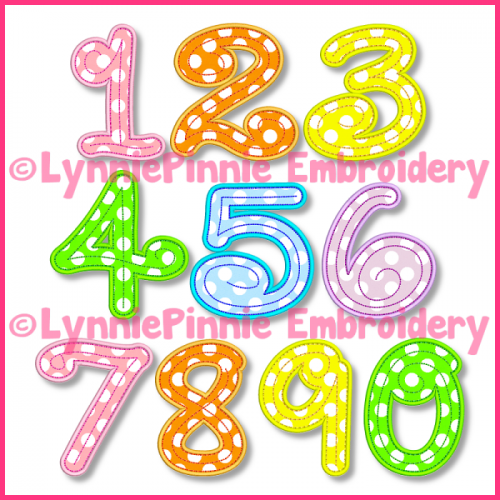
Finally, let’s talk about the number fonts. A lot of these are applique, which makes them perfect for use in the monthly pictures of new babies a lot of people now take. You’ve all seen those, where a baby is posed on a quilt or with pillows or something that shows their age so you can record the progress as the child grows. These number fonts are also great for embroidering shirts for the first day of school, creating a shirt for the birthday boy or girl, or even creating a cute team shirt for your little t-baller or soccer player. Most of these fonts are applique as well, so you have the chance to make them unique by varying the fabric.
